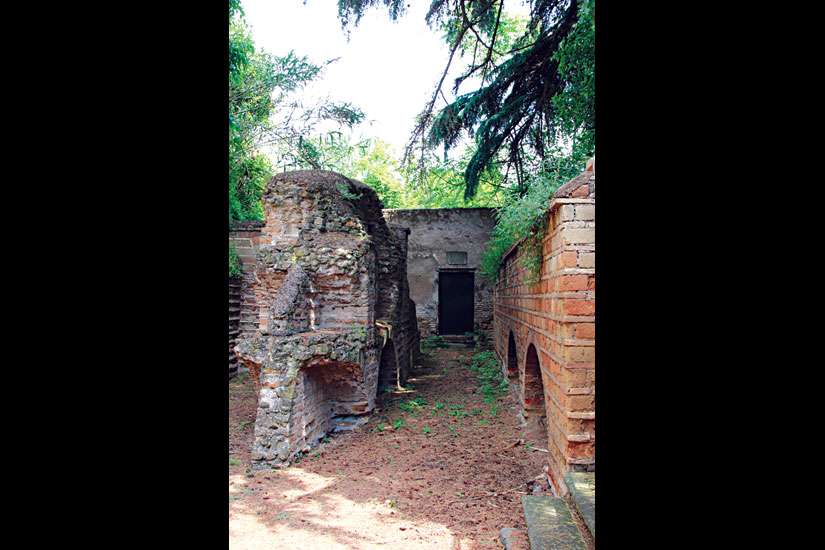While Rome has more than 40 Christian catacombs, which attract hundreds of thousands of tourists every year, there are only a handful of Jewish catacombs and they are usually only open to small groups and private tours.
Now the Jewish catacombs of Villa Randanini will open to the public from May 1 to June 5 as one of several initiatives by the Italian cultural ministry to broaden the scope of Pope Francis’ Jubilee Year of Mercy.
Giorgia Calo, cultural councillor for the Jewish Community of Rome, welcomed the move to highlight Jewish history in Italy, saying that Jews “have always been a part of the history of the capital.”
The Jewish catacombs, like the Christian ones, lie outside the walls that once encircled ancient Rome.
Discovered beneath the vineyard of Villa Randanini in 1859, the Jewish burial site consists of a labyrinth of tunnels that stretches for nearly 18,500 square metres at a depth of five to 16 metres beneath the surface.
Visitors can see inscriptions in Hebrew, Greek and Latin which give clues about an individual’s family connections, status or line of work. While the catacombs have been sacked over the centuries, visitors can still see many colourful frescoes and tablets with depictions of the traditional Jewish candelabra.
The walls of family “cubicles” or tombs are covered in dancing maidens, birds, grapevines and floral tributes, and there are also pockets of kokhim, a type of Jewish burial chambers.
The catacombs were included in 20 cultural itineraries unveiled by Dario Franceschini, Italy’s cultural minister, to mark the Jubilee Year. Those itineraries, he said, were “the product of an extraordinary collaboration” that showed how fundamental culture was for affirming integration, co-existence and dialogue.
Imam Yahya Pallavicini, vice president of Italy’s Islamic Community, attended the minister’s launch. He said the concept of mercy in the Pope’s Jubilee initiative exists in both Jewish and Muslim doctrine and presented an opportunity to consider what they had in common.
The Rome itineraries include a visit to the remains of a synagogue in the ancient port of Ostia Antica, south of the Italian capital, and a tour of the Roman Forum’s Arch of Titus, which graphically records the Romans’ sacking of Jerusalem in the year 70.
“We have tried to create a suitable itinerary to help people understand how much the Jewish people have been part of Rome,” said Calo.
Close to the Jewish catacombs are the Christian catacombs of St. Callixtus, which are among the most extensive in Rome. The second-century tombs are part of a huge burial complex. Sixteen popes and many Christian martyrs were once buried there.

